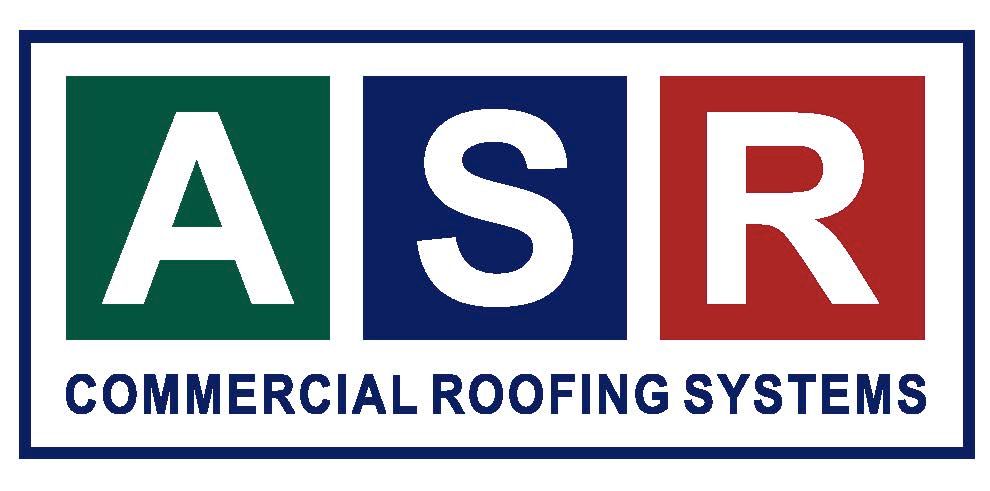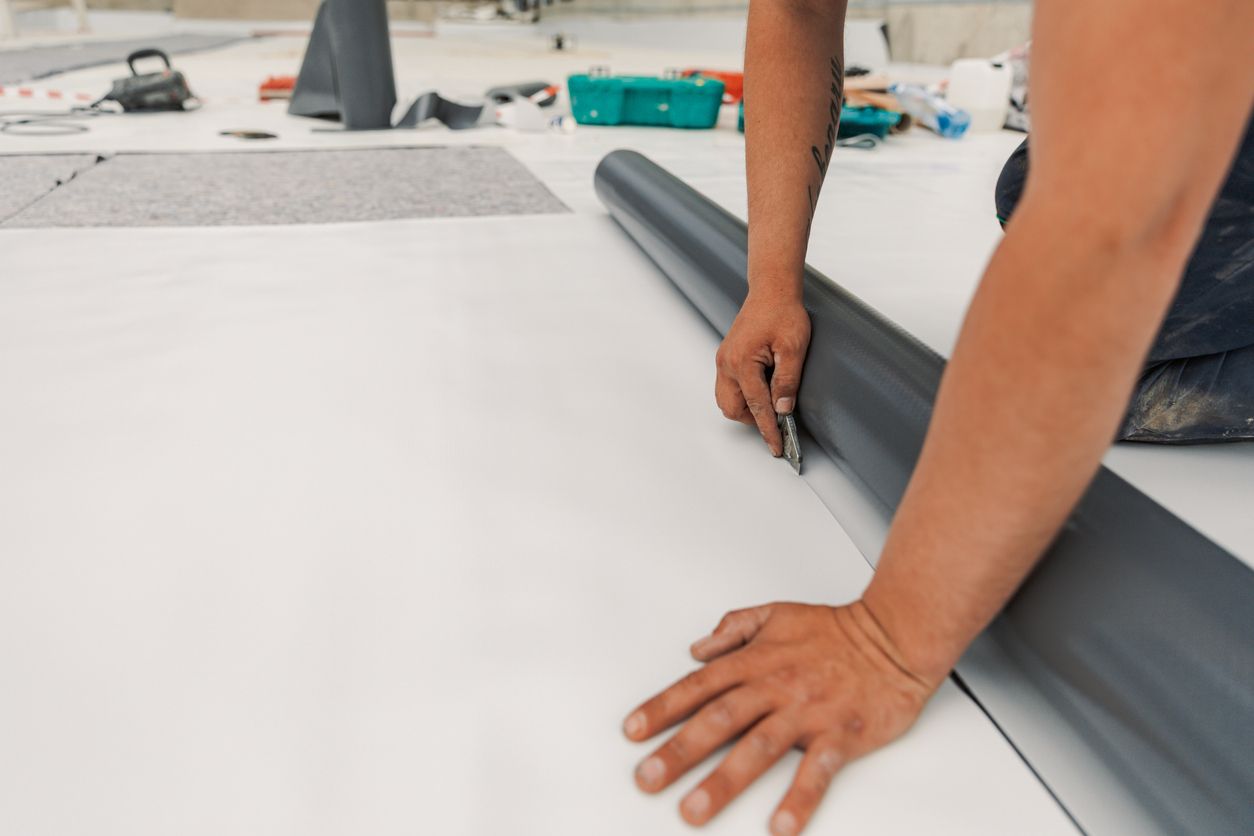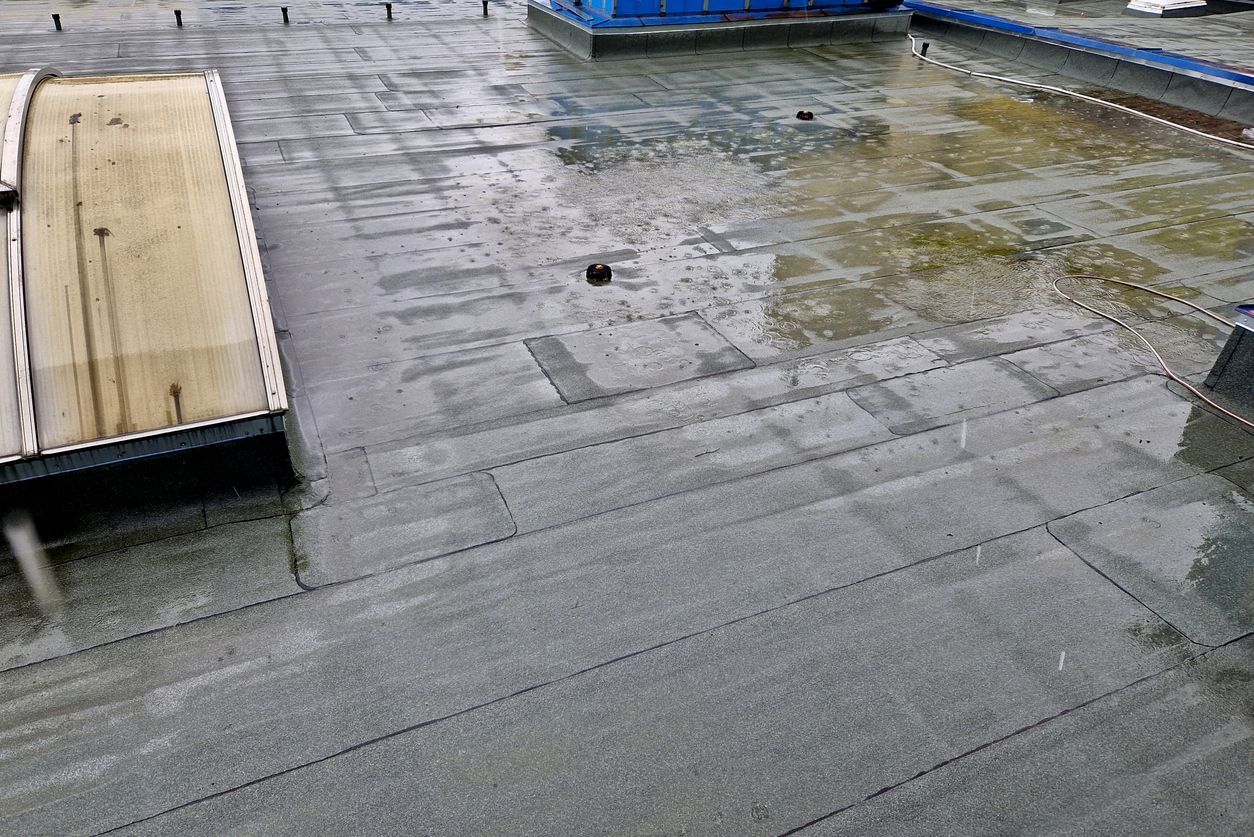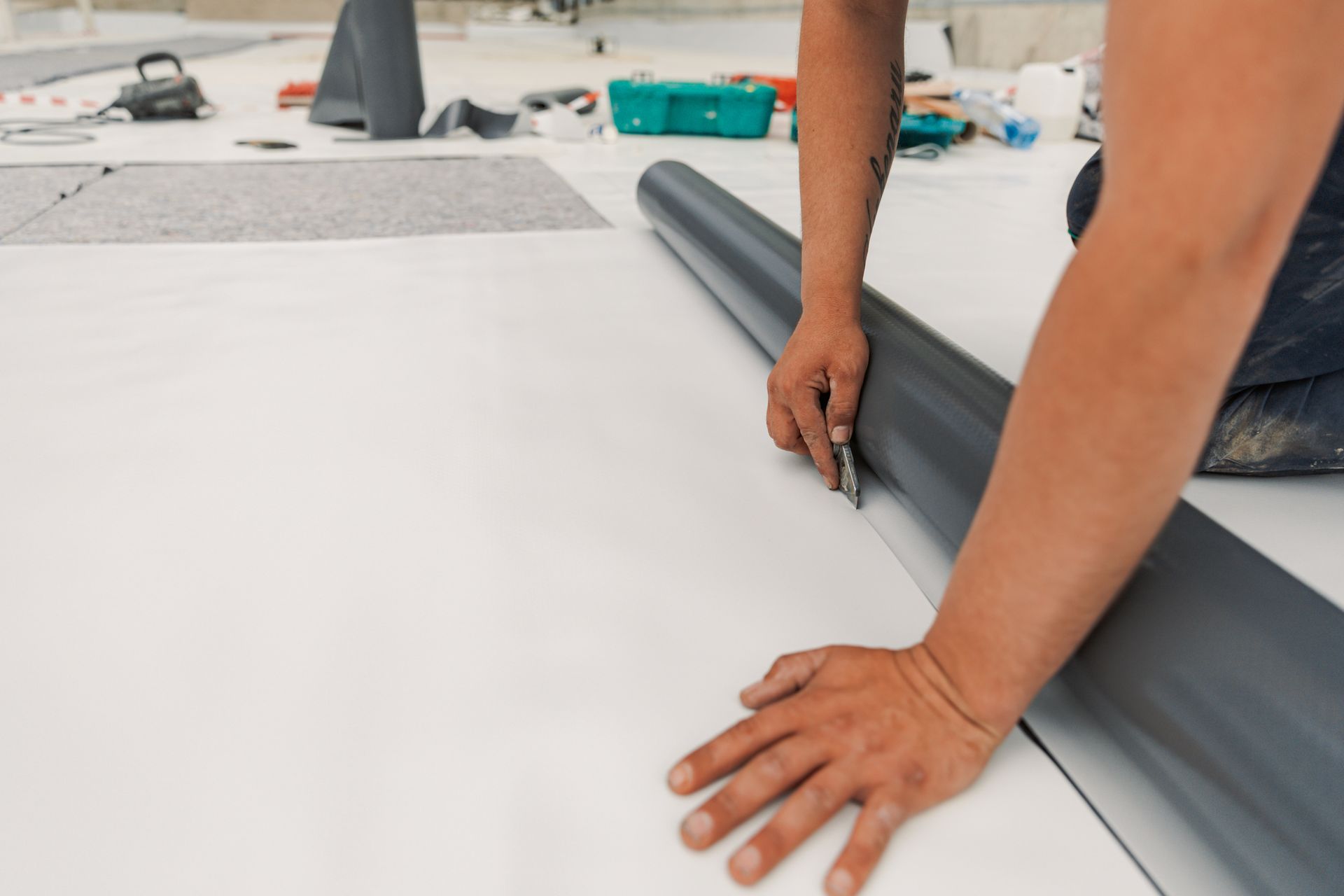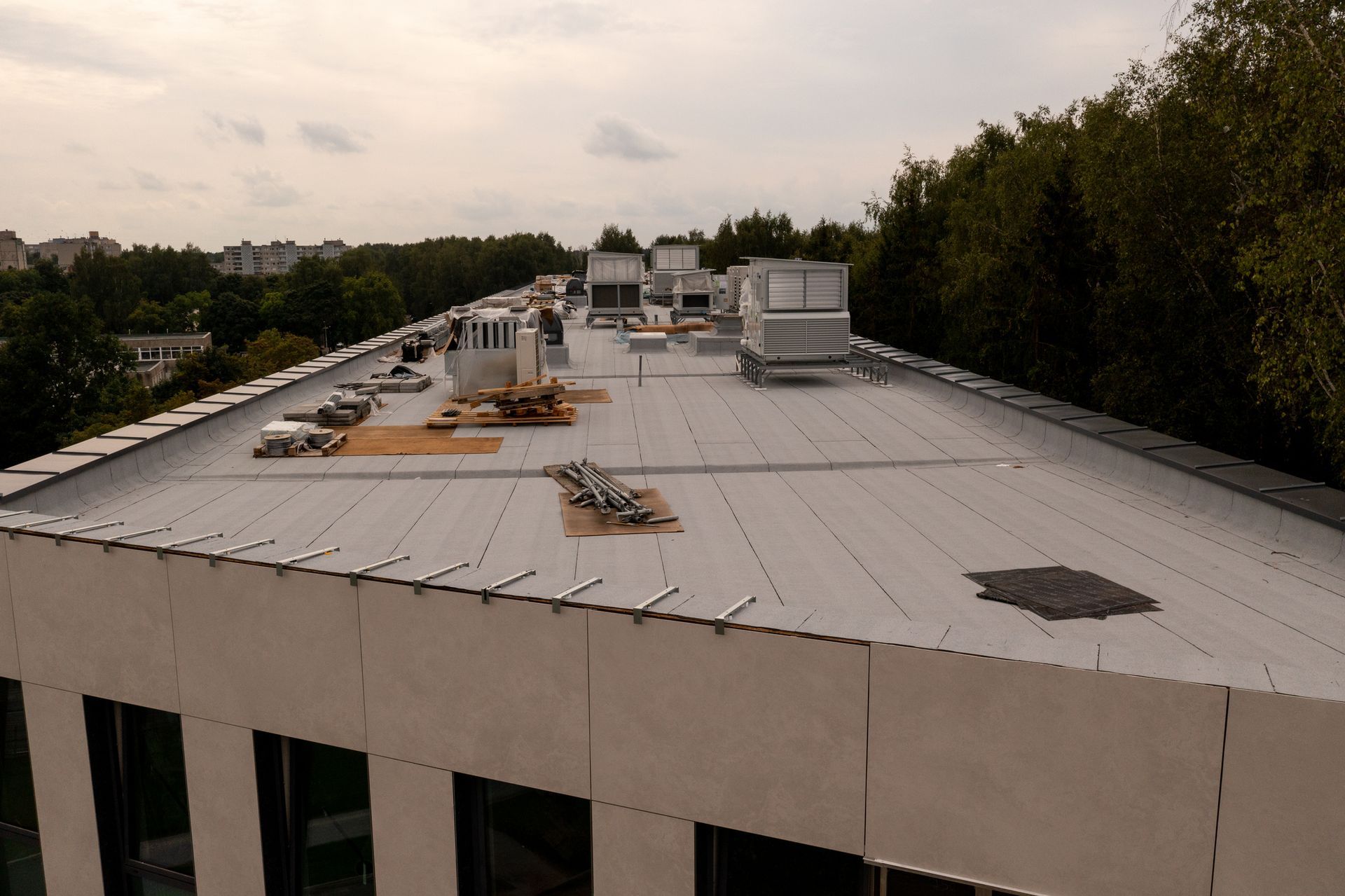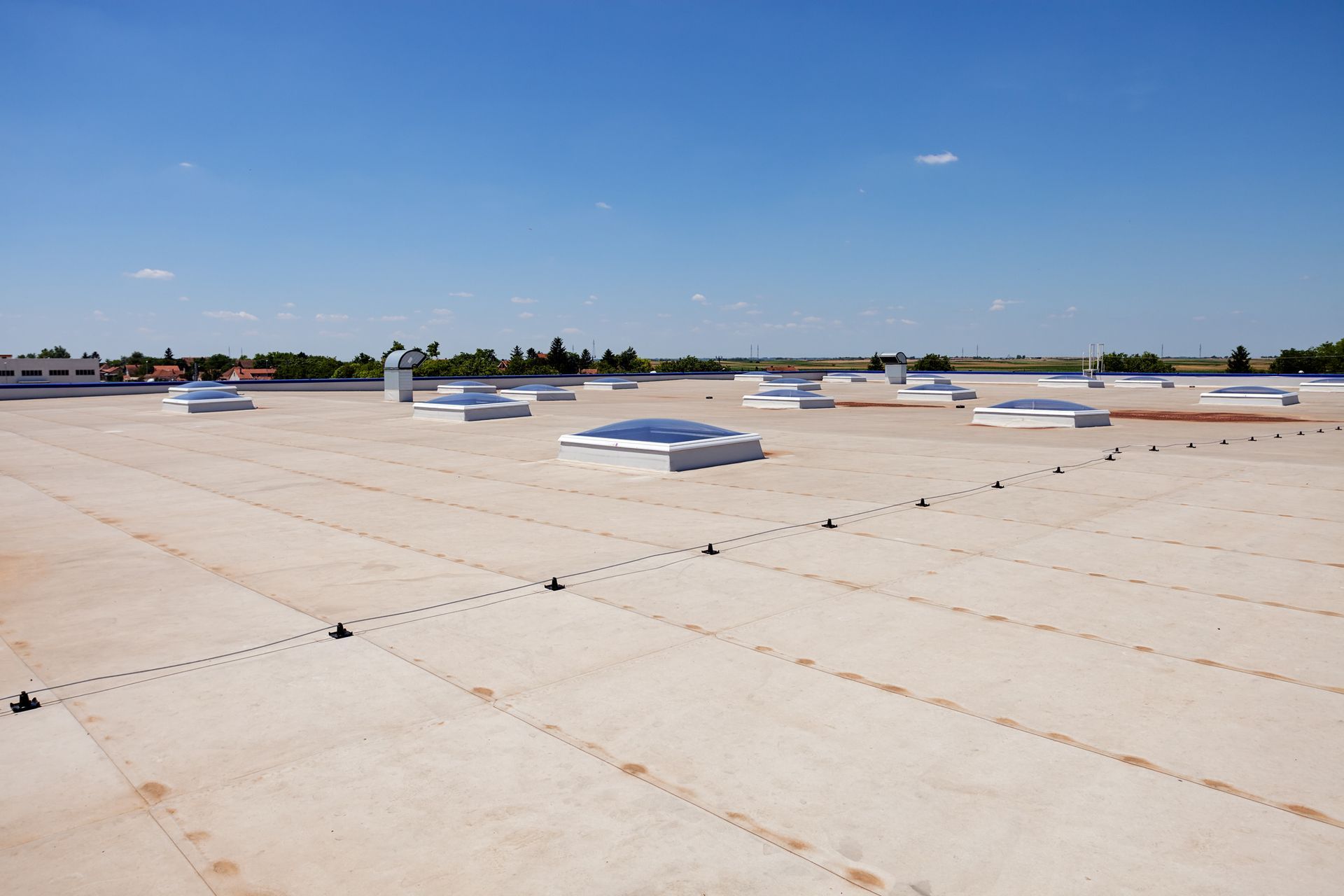COMMERCIAL ROOF INSPECTION CHECKLIST
Owning a commercial building represents a significant investment that demands diligent care, especially concerning roof maintenance. Concerns about public safety, damage prevention, and overall structural health can be overwhelming, yet managing these aspects effectively is crucial for your peace of mind and the building's longevity.
To alleviate these concerns, using a
comprehensive commercial roof inspection checklist is vital. Such a checklist is detailed below, guiding you through the necessary steps to properly monitor, manage, and inspect your commercial roof. Industrial roof inspections might seem complex, but they are essential for ensuring your business's continuity and success. Enhance your understanding of commercial roof inspections by reading our brief guide below.
Essential Steps for Preparing for a Roof Inspection
Preparing for a roof inspection is crucial to ensure safety and effective evaluation of a building's roofing system. The first step involves ensuring safe access to the roof. Check that all ladders and stairs leading to the roof are stable and securely fastened, and that safety rails or barriers are in place to prevent falls.
Next, clear the roof surface of debris, leaves, and any other obstructions. This not only helps in providing a clear path for inspection but also prevents the masking of potential issues such as subtle leaks or structural weaknesses. Ensure that drainage systems like gutters, downspouts, and scuppers are clean and unblocked to avoid water accumulation on the roof, which can lead to severe damage over time.
It's also essential to prepare a checklist of the key elements of the roof to be inspected. This should include the condition of the roof membrane, flashings, seams, and penetrations such as vents and skylights. Check for signs of wear, such as cracks or blisters in the roofing material, and note any loose components or areas of ponding water.
Safety is paramount, so it is recommended that roof inspections are conducted by professionals equipped with the proper safety gear, including harnesses, helmets, and non-slip shoes. Additionally, conducting the inspection in good weather conditions minimizes risks associated with wet or slippery surfaces. By following these essential steps, you can effectively prepare for a roof inspection that will help maintain the integrity and longevity of your roofing system.
Key Inspection Points:
- Ensure Safe Roof Entry:
Accessibility to many commercial roofs is intentionally limited to ensure safety. To start your inspection effectively, first confirm that all access routes, including ladders and stairs, are securely installed and in safe working condition. It's crucial that these points are stable and reliable to prevent accidents and ensure a safe environment for the inspection process. - Clear Drainage Systems:
Effective water management is crucial for maintaining the health and longevity of your roof. It is important to make sure that all drainage paths, such as gutters and downspouts, are completely unobstructed and free from debris, leaves, and any other blockages. This ensures that water can flow freely away from the roof and building structure, preventing moisture retention that can lead to water damage, leaks, and significant structural complications over time. Regular inspection and maintenance of these drainage systems are key to avoiding costly repairs and extending the life of the roofing system. - Inspect Roof Flashing:
Examine the flashing, which plays a vital role in preventing water entry by effectively directing rainwater towards drains and away from the building structure. It is crucial for the flashing to be securely attached and well-sealed to prevent any leaks and subsequent water damage, thereby ensuring the longevity and safety of the structure. - Examine the Roof Membrane:
It is essential to pay close attention to the condition of the roof membrane, specifically looking out for signs of wear and tear such as wrinkles or areas where the adhesive appears to be loose, because these could potentially indicate more severe underlying issues that may require immediate action to prevent further damage. - Survey Exterior Walls:
After completing a detailed inspection of the roof and internal structures of the building, it is equally important to evaluate the exterior, looking for signs of damage such as cracks in the walls or deteriorating mortar, which can indicate issues with structural integrity caused by poor weight distribution or pervasive water damage.
Next, ensure that this external assessment includes a thorough examination of the building's foundation and supporting walls, which are crucial for maintaining the overall safety and stability of the structure, particularly if there are any visible signs of wear, settlement, or moisture-related deterioration.
Seek Professional Assistance for Detected Issues
Regular inspections should form part of your routine to maintain your building effectively. Engage professional roofers to get detailed updates on your roof's condition and address any damage promptly. Beyond regular checkups, experts may perform more thorough assessments, like taking core samples, to unearth hidden structural issues.




